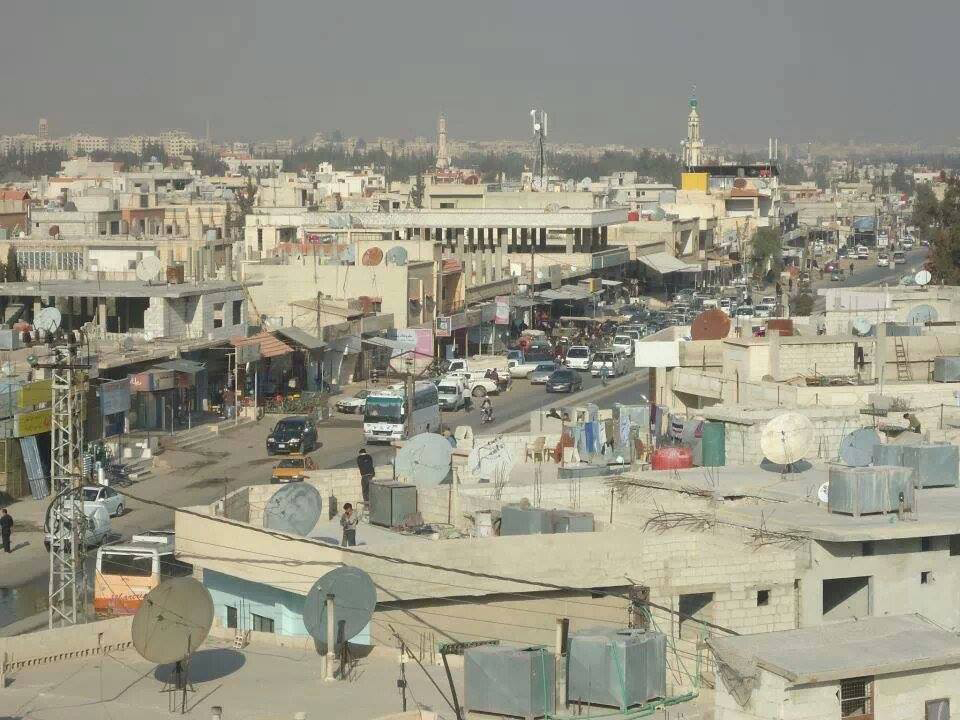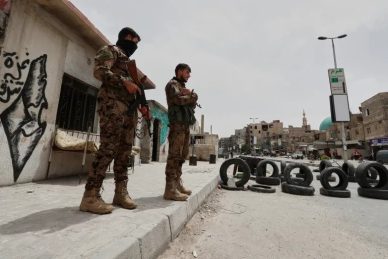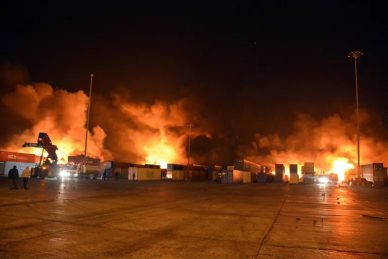For more than seven years a severe water crisis has plagued the Palestinian refugee camp of Khan al-Shih in the Damascus region.
The PIC reporter pointed out that the camp’s eastern neighborhoods where homes only receive water twice a week are the most severely affected.
He emphasized how the crisis has grown more complicated as a result of the frequent power outages.
Abu Qassem a Palestinian refugee who lives in Khan al-Shih camp said that because electricity is only available for two to three hours it is challenging to run the water pumps.
Due to the high demand for water consumption locals are growing more concerned as summer approaches.
Speaking to the PIC Abu Qassem referred to the price of filling water tanks as “irrational” and “unaffordable”.
Filling a 5-barrel tank costs 15000 Syrian pounds. Every family needs at least 5 barrels at a weekly basis during the summer which means 60000 pounds per month he added.
Some residents are attempting to obtain permits to drill water wells in the camp in an effort to alleviate the crisis but most residents are unable to do so due to the challenging licensing process.
Many of the rural Damascus neighborhoods surrounding the Khan al-Shih camp started to depend on the nearby wells “but these wells are frequently used to serve farms and factories owned by rich people.”
Residents in the area have made distress calls to Palestinian aid organizations and civil society organizations to help solve the camp’s water shortage by setting up a solar energy system to power the camp’s primary water pumps.
Residents have voiced complaints about the deterioration of service structures such as the water electricity and sewage networks as well as the health and educational services amid complete indifference from local service committees and UNRWA.
Khan al-Shih camp lies beside the ancient ruins of Khan al-Shih 27 km south-west of Damascus.
The ‘Khan’ historically served as an overnight shelter for trade caravans on the road between Damascus and the south-west and in 1948 it provided shelter for the first refugees fleeing from Palestine in the wake of Zionist crimes committed to pave the way for evicting the Palestinian people from their land and creating the “State of Israel”.
The camp was established in 1949 over an area of 0.69 square kilometers. Subsequently Palestinians who had taken refuge in the Golan Heights and were displaced as a result of the 1967 war and Israel’s occupation of the Heights also moved into the camp.
Before the conflict in Syria the camp was home to more than 20000 Palestine refugees. Due to the fighting in the nearby farms the population in the camp dropped to appx 2000 individuals in 2016. Since then the refugees have started to return and as of 2022 a total of 16000 Palestine refugees are residing inside the camp.















